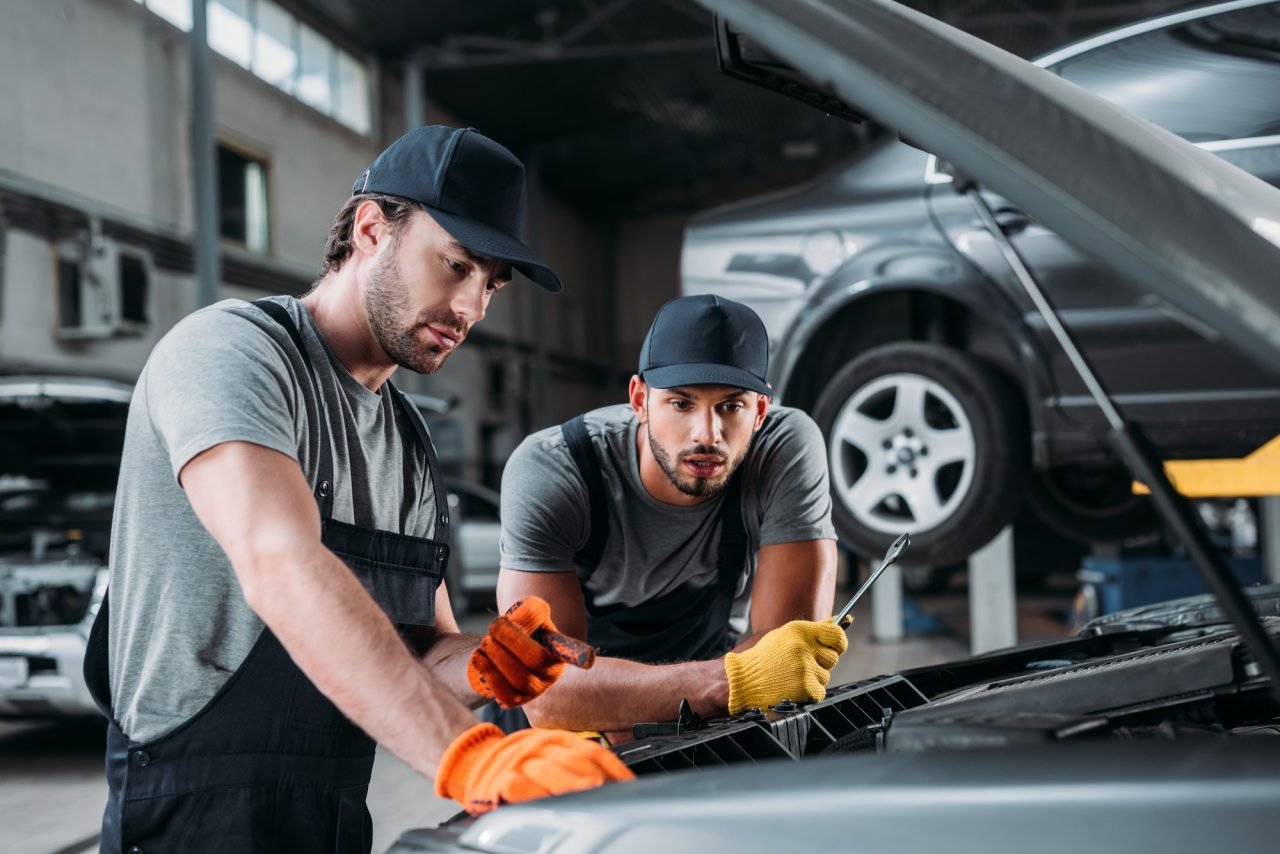IGNITE APPOINTMENTS
Discover Affordable Solutions for Your Vehicle.
Schedule Time with ignite
ignite Quality Solutions for Your Automotive Needs.
Your Ride Deserves the Best!
Treat your vehicle to expert care at Ignite Automotive. We use top-quality parts and lubricants for guaranteed performance.
Book Now & Experience the Ignite Difference!
780-229-8440

Business Hour
Get Free Appointment
Lorem ipsum dolor sit amet, consectetur adipiscing elit. Ut elit tellus, luctus nec ullamcorper mattis, pulvinar dapibus leo.
From Maintenance to Repairs, We've Got You Covered.
Looking for a reliable and qualified auto repair shop in Grande Prairie? Look no further than Ignite Automotive! We’re your one-stop shop for all your vehicle’s needs, offering exceptional service from our team of highly skilled and certified technicians.
- Tire and Alignment Services
- Most Affordable Oil Changes in GP
- All Maintenance for all makes and models
- Import / Euro Specialty work
Need Help?
Where Excellence Meets Automotive Expertise.
By taking advantage of our free consultation, you have nothing to lose and everything to gain!
Let Ignite Automotive get your car back on the road smoothly and safely.
Even the most reliable vehicles can experience unexpected problems. Here at Ignite Automotive in Grande Prairie, we understand that car trouble can be stressful and inconvenient. That's why we're here to get you back on the road quickly and safely, no matter what the issue might be
Car trouble got you stranded in Grande Prairie? Don't sweat it! Call Ignite NOW and let's get your ride online!
At Ignite Automotive, we're committed to keeping you, our valued customers, informed about the latest advancements in automotive technology and how they can benefit your car. Here's what's new at Ignite
Common Questions
Most Popular Questions
The head gasket sits between the engine block and cylinder head, creating a seal for coolant and engine oil. A failing head gasket can cause various symptoms:
- Overheating: Coolant leaks due to the compromised seal can lead to overheating.
- Rough idling: Coolant or oil mixing with the combustion chamber can cause uneven engine operation.
- Milky white oil: Coolant mixing with engine oil creates a milky white appearance on the dipstick.
- White exhaust smoke: Coolant burning in the combustion chamber can produce white smoke from the tailpipe.
If you suspect a failing head gasket, consult Ignite Automotive immediately. Early detection can prevent further engine damage.
Synthetic oil offers several advantages over conventional oil:
- Improved performance: Synthetic oil offers better lubrication at extreme temperatures, reducing friction and potentially improving horsepower and fuel efficiency.
- Enhanced protection: Synthetic oil is more resistant to breakdown and oxidation, offering superior engine protection over longer intervals.
- Better cold starts: Synthetic oil flows more readily at lower temperatures, allowing for easier engine starts in cold weather.
- Longer oil change intervals: Due to its superior properties, synthetic oil can last longer between changes compared to conventional oil (always confirm intervals with your owner's manual and driving habits).
While synthetic oil typically costs more, the extended change intervals and potential fuel efficiency gains can offset the initial cost.
Both turbochargers and superchargers are forced induction systems that increase an engine's power output by cramming more air into the combustion chamber. Here's a breakdown of the key differences:
- Turbocharger: Utilizes exhaust gases to drive a turbine that spins a compressor, forcing more air into the engine. No additional power from the engine is needed to operate the turbo, but there can be a slight lag before the boost kicks in (turbo lag).
- Supercharger: Driven directly by the engine's crankshaft, forcing air into the engine continuously. Offers more immediate power delivery but can sap some power from the engine itself.
The choice between a turbocharger and a supercharger depends on factors like desired power output, driving style, and fuel efficiency considerations.
Regenerative braking is a key feature in hybrid and electric vehicles that captures energy during deceleration and braking. Here's how it works:
- During braking: The electric motor in the hybrid/electric car functions as a generator, converting the car's kinetic energy into electricity.
- Captured energy: This electricity is then stored in the vehicle's battery pack.
- Reused energy: The stored electricity can be used to power the electric motor, assisting the engine or powering the car in electric-only mode (depending on the hybrid/electric vehicle type and battery capacity).
Regenerative braking helps improve fuel efficiency in hybrids and extends the electric range in electric vehicles.
A car not starting can be frustrating, but there are a few common culprits to check:
- Dead battery: The most likely cause. A dead battery won't have enough power to crank the engine.
- Faulty starter motor: The starter motor is responsible for cranking the engine. If it malfunctions, the engine won't turn over.
- Electrical issues: Corrosion, loose connections, or other electrical problems can prevent the starting system from functioning properly.
- Fuel delivery issues: In some cases, problems with the fuel pump, fuel injectors, or clogged fuel filters can prevent the engine from getting the fuel it needs to start.
If your car won't start, Ignite Automotive's experienced technicians can diagnose the issue and get you back on the road quickly.
Remember, these are just a few examples. If you have any further questions about advanced automotive topics or specific car troubles, Ignite Automotive's service advisors are happy to assist you!
Closed-Loop System: This is the most common system in modern cars. It constantly monitors oxygen sensor data to adjust the air-fuel mixture for optimal performance and fuel efficiency. The engine computer plays a vital role in regulating fuel delivery based on sensor readings.
Open-Loop System: This system relies on pre-programmed settings for fuel delivery during cold starts or specific operating conditions (like rapid acceleration) when sensor data might be unreliable. Once the engine reaches optimal operating temperature, it switches back to closed-loop operation.
Differential: This mechanical component allows the two drive wheels on an axle to rotate at different speeds when cornering. This is crucial because the outer wheel needs to travel a greater distance than the inner wheel while making a turn. Without a differential, the tires would bind and scrub, damaging them and making handling difficult.
Open Differential: This is the simplest type, allowing for maximum power delivery in straight lines but offering limited handling capabilities during cornering.
Limited-Slip Differential (LSD): This type restricts excessive speed difference between the wheels, improving handling and traction in corners. Various LSD designs offer varying degrees of control.
Locking Differential: This type essentially locks the wheels together, forcing them to rotate at the same speed. This provides maximum traction off-road but is not recommended for regular driving due to the strain it puts on the drivetrain.
Pros: CVTs offer smooth, seamless gear changes as there are no defined gear ratios. They can also potentially improve fuel efficiency by keeping the engine in its optimal power band.
Cons: Some drivers dislike the lack of a traditional gear-shifting feel. CVTs might not be suitable for high-performance applications due to potential power limitations in certain designs.
- Whining or grinding noise: This is the most common symptom, often increasing in intensity with speed.
- Uneven tire wear: A failing wheel bearing can cause abnormal tire wear on the affected side.
- Loose or wobbly wheel: Excessive play in the wheel when attempting to rock it side-to-side can indicate a worn-out bearing.
- Vibration in the steering wheel: In some cases, a failing wheel bearing can cause a vibration felt through the steering wheel.
Ignoring a failing wheel bearing can lead to serious consequences. If you suspect an issue, consult Ignite Automotive for immediate inspection.
- Regular fluid checks: Checking engine oil, coolant, and windshield washer fluid levels is easy and crucial for maintaining your car's health.
- Tire pressure and tread depth checks: Proper tire inflation pressure improves fuel efficiency and handling. Regularly checking tread depth ensures safe driving performance.
- Wiper blade replacement: Worn-out wiper blades can affect visibility and scratch your windshield. Replacing them is a simple and affordable task.
- Air filter cleaning or replacement: A clean air filter allows optimal airflow to the engine, improving performance and fuel efficiency. Check your owner's manual for cleaning or replacement intervals.
- Battery terminal cleaning: Corrosion on battery terminals can hinder electrical connections. Cleaning the terminals with a baking soda and water solution can improve starting performance.
It's important to remember these are basic tasks. If you're unsure about any maintenance procedure, consult your owner's manual or a qualified mechanic at Ignite Automotive.
